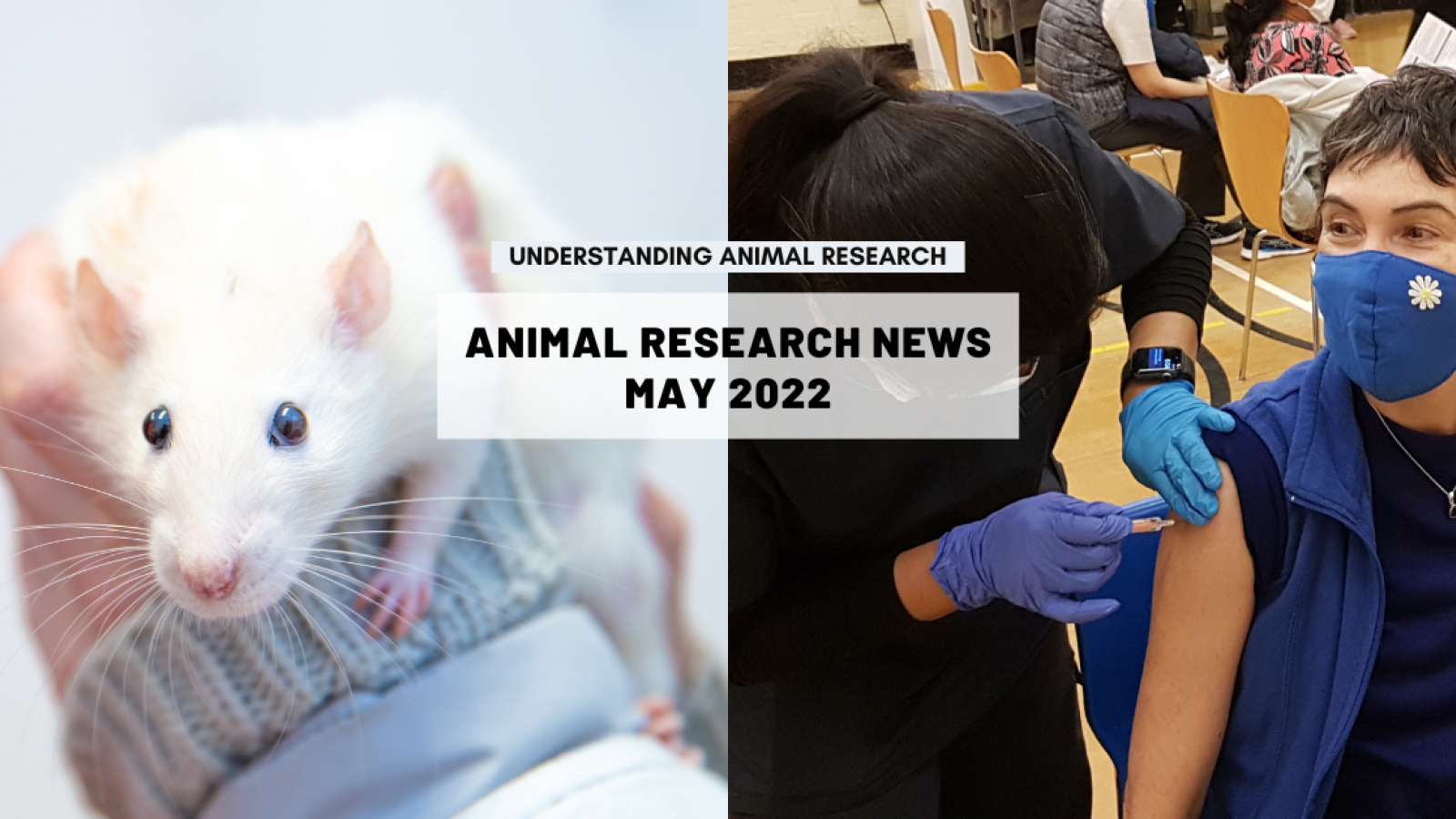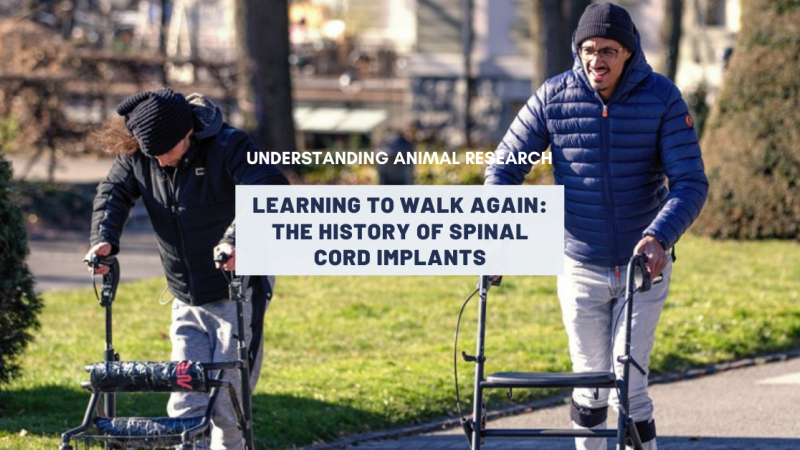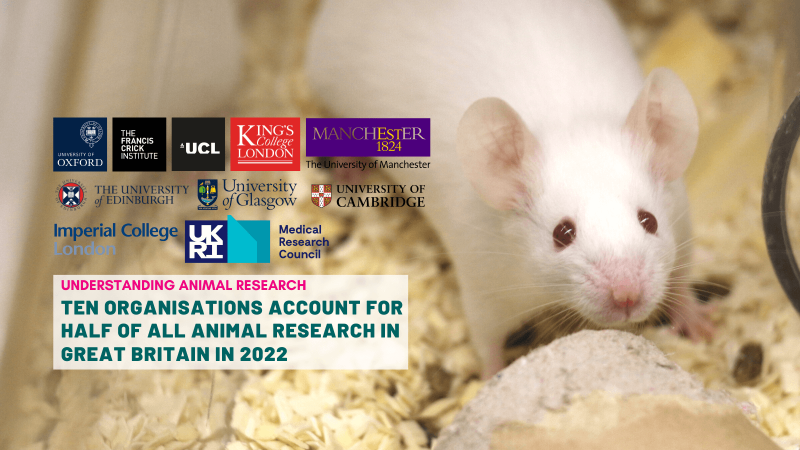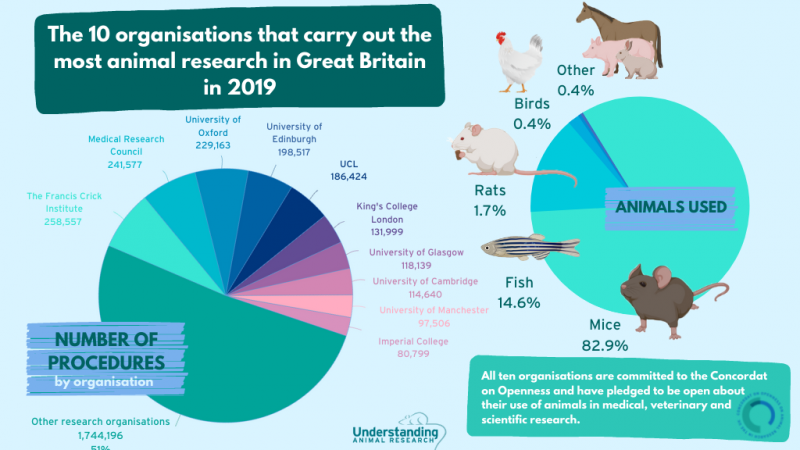
Lung disease drug treats spinal cord injury in mice
Every year there are around 2,500 spinal cord injuries in the UK, with some of those affected experiencing full loss of movement as a result. While research is being undertaken to treat spinal cord injury, such as the spinal cord implant mentioned in our February news, little can be done to limit the paralysis and sensory impairment caused by this type of injury.
New research has found that a drug originally developed to treat lung disease has shown promise in treating mice with spinal cord injuries that most frequently occur from motor accidents and conditions like osteoarthritis.
The drug (AZD1236) was able to reduce swelling of the spinal cord; proteins linked to inflammation and pain; and scarring of connective tissue. When the drug was given to mice it showed an 85% improvement in movement and sensation six weeks after the spinal cord injury compared to injured mice not given the drug. The treated mice displayed 80% of their nerve function compared to uninjured mice and the results were similar whether the drug was given immediately after spinal injury or 24 hours later.
The drug has already been proved safe in humans and the team hopes to move to clinical trials soon.
Source: Guardian
Brain cancer drug with coating more effective in mice
Glioblastoma is an aggressive form of brain cancer. The condition makes up around a third of brain tumour cases, and has a very poor prognosis, with just 5% of people surviving for five years after diagnosis. These tumours are usually treated with surgery, followed by radiotherapy, and sometimes chemotherapy. However, while some drugs have shown promise, they often struggle to cross the blood-brain barrier.
New research in mice illustrates that an immunotherapy drug to treat brain cancer is more effective when coated with protein containing nanoparticles, as it can cross the blood-brain barrier more easily.
When mice were injected with the coated drug, three times more of the drug was found in their brains compared to mice treated with the uncoated drug. Mice with brain tumours were then treated with the coated and uncoated drug. Mice treated with the coated drug survived for 61 days on average, while mice treated with the uncoated drug survived for 45 days on average.
A combination of the coated drug and radiotherapy eliminated tumours in 67% of mice, enabling them to survive for 90 days, on average. While mice that received either radiotherapy or the encapsulated drug alone had died after about 60 days.
The treatment still needs to be tested in other animals before it can be tested in humans, but the team hope that this research will enable the development and implementation of new strategies to treat glioblastoma.
Source: New Scientist
Vaccine to protect against Epstein-Barr virus successful in animal studies
Epstein-Barr virus is a type of herpes mostly commonly spread via saliva. It causes glandular fever (also known as mono) and is associated with Multiple Sclerosis (MS), lymphoma and stomach cancer. More than 95% of adults world-wide are infected with the virus. Researchers have developed a vaccine to protect against the virus that has shown promise in animal tests, and a human trial is expected to start in 2023.
The vaccine exposes the body to two proteins that the virus uses to invade cells, which trains the body to recognise the pathogen. Initial experiments show that mice, ferrets and rhesus macaques develop antibodies against the virus post-vaccination.
When mice genetically engineered with a human-like immune system were exposed to the virus after receiving antibodies, only 17% became infected, compared to 100% of mice not pre-treated with antibodies. None of the antibody receiving mice developed lymphomas, compared to half of the untreated mice.
If proven successful in human trials, the vaccine could be administered to children and prevent Epstein-Barr-related conditions. However, more research will be needed to see if the vaccine protects against MS.
Source: New Scientist
Rat testicles tissue frozen for 23 years can still make sperm
Chemotherapy to treat cancer can lead to infertility in men as the treatment can kill sperm making cells in the testicles. Adults can have sperm samples frozen before they begin treatment so that they can have biological children through IVF, but this option isn’t available for pre-pubescent children.
New research shows that rat testicle cells, that had been frozen for 23 years, were able to produce sperm after being implanted into mice.
Mice that had been treated with a sperm cell killing drug, were implanted with rat testicle tissue that had either been frozen for 23 years, frozen for a few months, or immediately implanted upon removal (not frozen).
When the mice’s testes were examined, the 23-year-old testicle cells had survived and developed into sperm-producing cells. While these mice were producing less sperm compared to the mice implanted with fresh or recently frozen tissue, the research offers insight into long-term frozen tissue. While more research is needed, if this translates to people, it could give the option pre-pubescent children, treated for cancer, a chance to have biological children through IVF.
Source: New Scientist
IBS may be caused by overreacting gut cells
Irritable bowel syndrome (IBS) effects approximately 17% of people in the UK and is more likely to occur in women than men. Symptoms include bloating, abdominal pain, and hypersensitivity to certain foods and irritants, despite there being no prior damage in the gut.
New research suggests that chronic gut pain associated with IBS may be due to gut cells remaining active even after the irritant has left the gut.
Male mice, treated with a substance that activates gut-lining cells, reacted sensitively when intestinal gas was stimulated. This was also observed in male mice treated over a three-week period, followed by a three-day period of no treatment. The research team hope that by monitoring mice over a longer no-treatment period it will help explain why people with IBS experience symptoms long after irritants or infections clear from their gut.
Source: New Scientist
Pregnant mice release banana-scented urine to deter males
Pregnant and lactating female mice release a banana-smelling chemical in their urine that is thought to stress out male mice, so that they don’t kill their pups.
Researchers found that male mice experienced higher levels of stress when placed in cages near heavily pregnant or lactating female mice, compared to when they were caged near male mice, non-pregnant female mice, or newly pregnant mice. The team discovered that heavily pregnant and lactating female mice produce a chemical in their urine (amyl acetate) which smells of bananas. Just exposing male mice to this chemical alone, with no female mice around, caused increased stressed.
Male mice are known to try and kill pups that have been fathered by other males. In line with this, pregnant and lactating females also left more urine marks when they were exposed to stranger males than when they were exposed to the father of their pups.
The findings have implications for other mouse research since some scientists may unwittingly be using stressed mice in their experiments if they house male mice near pregnant females.
Source: New Scientist
3Rs research
The Organisation for Economic Co-operation and Development (OECD) has approved a new test guideline which offers a non-animal alternative for the assessment of eye irritation/serious eye damage.
The new test guideline for defined approaches for eye damage and eye irritation caused by liquids, due to be published this summer, will offer an alternative to the current Draize eye test on rabbits.
This new test guideline follows another recent 3Rs update from the OECD, the first complete non-animal skin sensitisation test.
Source: EARA
Ovarian cancer and Huntington's Disease awareness
In May we recognised Ovarian Cancer Awareness Day and Huntington’s Disease Awareness Day. Have a look at our recent articles to find out how animals are being used to learn about these conditions and develop treatments.
Ovarian cancer article: https://www.understandinganimalresearch.org.uk/news/using-mice-to-understand-the-complexity-of-ovarian-cancer
Huntington’s disease article: https://www.understandinganimalresearch.org.uk/news/huntingtons-disease-30-years-after-the-discovery-of-the-gene
Openness
To celebrate the eighth anniversary of the Concordat on Openness on Animal Research in the UK we dedicated our social media to explaining how and why mice are used in research.
Have a look at our new articles about research involving mice, and check out #MiceInResearch on twitter to see content from us and our Concordat signatories.
How to handle mice article: https://www.understandinganimalresearch.org.uk/news/how-to-handle-mice-to-minimise-their-distress
How to study stress in mice article: https://www.understandinganimalresearch.org.uk/news/how-do-you-study-stress-in-mice
We also announced our twelve new Leaders in Openness. These are Concordat signatories that are implementing the best practice recommendations and pushing forwards openness.
Article: https://www.understandinganimalresearch.org.uk/news/leaders-in-openness-2022-2025
Last edited: 15 December 2022 15:18



